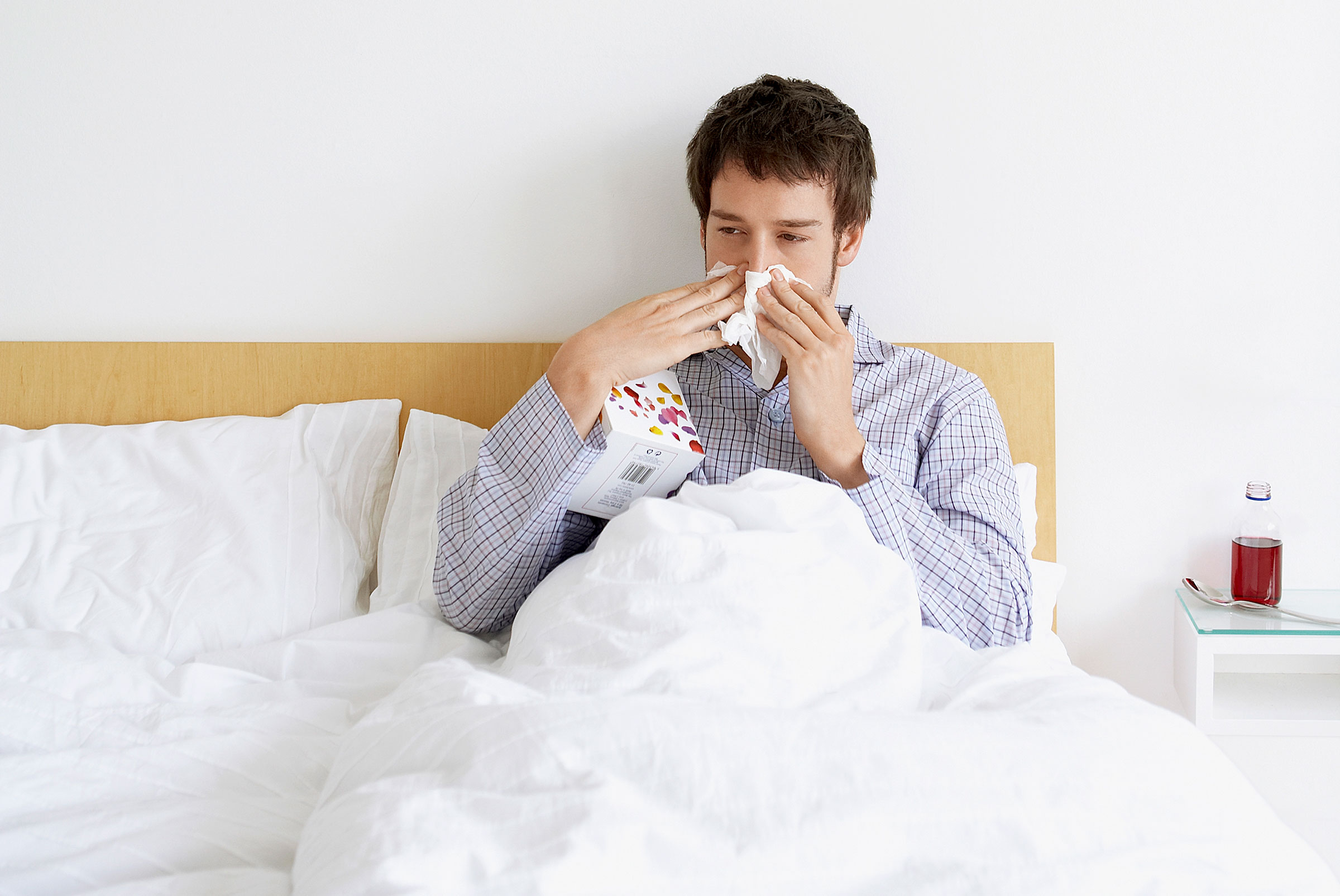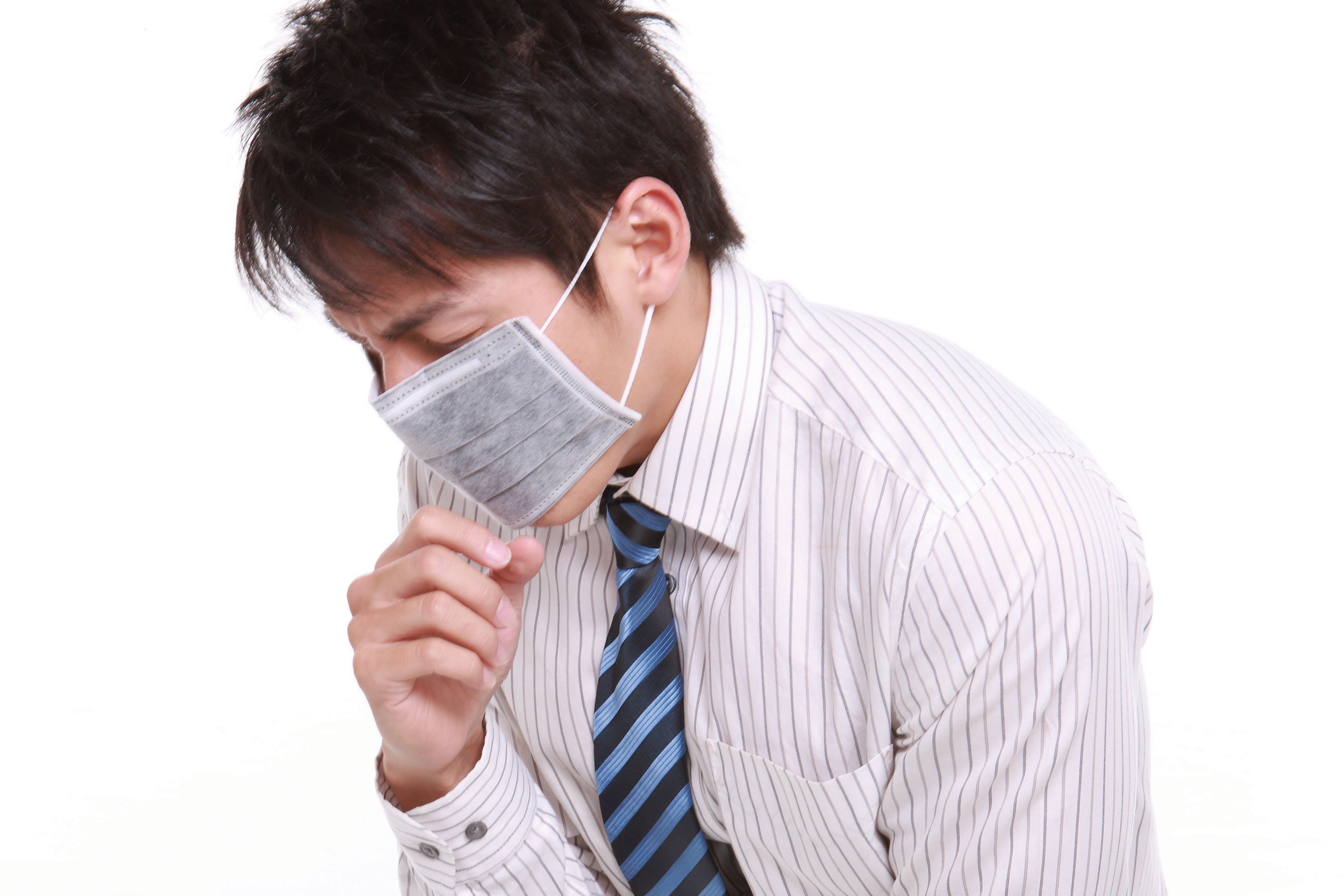
18 Dec Standard Precautions: Cough Etiquette/Respiratory Hygiene
Cough etiquette was introduced as part of standard precautions by the Centers for Disease Control and Prevention (CDC) in the 2007 Isolation guidelines. The 2003 Severe Acute Respiratory Syndrome (SARS) outbreak, which resulted in the transmission of SARS to emergency department patients, visitors, and staff, provided the impetus to implement some precautions to limit the spread of respiratory illness in all healthcare facilities. The elements of cough etiquette or respiratory hygiene will be discussed.
The Basics
Probably the most commonly associated element is signage. The CDC recommends placing alerts at entrances to emergency departments, clinics, and medical or dental offices asking anyone with respiratory symptoms to inform healthcare personnel when registering for care and to practice cough etiquette.
For medical or dental offices in large buildings, consider placing signs at elevator banks. Alerts should be in the language(s) most commonly spoken by your patient population and at the appropriate level of understanding. According to the CDC, 20 years of research has shown that a lot of information provided by healthcare isn’t understandable for most Americans.
Health literacy information and resources bout health literacy can be found at https://www.cdc.gov/healthliteracy/developmaterials/index.html.
Signage should also be clear about actions to take, such as covering coughs.
Unlearning Old Habits
Covering the mouth and nose when coughing is something you were taught as a child. Unfortunately, you were most likely taught to use your hand to cover your mouth. This is what I refer to as the “yuk factor” since organisms and who knows what are expelled onto your hand when this method is used. This statement probably seems overly simplistic, but remember, just as you were taught to cover your mouth with your hand, your patients and visitors probably were taught the same thing.
This means that some ‘unlearning’ must occur before patients and those who accompany them, such as family members or friends, will be likely to use a different method to cover their cough or sneeze. The CDC recommends covering the mouth and nose with a tissue when coughing or sneezing. If tissues aren’t available, one alternative is to cough or sneeze into the fabric of your sleeve. The goal of covering a cough is to prevent the spread of organisms that are transmitted through large droplets.
Tools for Respiratory Hygiene
Once the tissue is used, it must be disposed of immediately. Although I am sure we have all seen relatives stuff used tissues in their pockets or other locations, this only keeps germs close by and allows them to be easily spread. Remind patients and/or visitors to discard tissues immediately after use, even if the tissue appears to be ‘clean’. Ideally, a hands-free trash can will be available for this purpose. A trash can with a foot pedal and lid or simply an open trash receptacle fulfills the hands-free recommendation. The rationale for a hands-free trash can is simple: prevent the spread of organisms from contaminated hands.
Be sure to have alcohol-based hand rub (e.g. hand sanitizer) or soap and water available in the vicinity since hand hygiene will decrease the number of organisms on hands. Hand hygiene will subsequently decrease the potential to spread germs to inanimate objects that others will touch, such as doorknobs, elevator buttons, an electronic kiosk for checking in, etc. Patients and visitors may need some encouragement to clean hands after coughing or sneezing if hands aren’t visibly soiled.
A procedure mask with ear loops or a surgical mask with ties should be offered to anyone coughing during periods of increased community respiratory illness such as influenza season. If the patient can’t tolerate a mask or has difficulty keeping it on (e.g. young children, those with lung disease), omit the mask and emphasize covering the mouth and nose with a tissue. Some elderly persons may have difficulty tying a mask and may need assistance. Educate front desk/reception area staff to be vigilant so they can assist anyone having difficulty applying a mask.
Providing a Safe Distance
According to the American Academy of Pediatrics and the CDC, try to place patients with respiratory symptoms at least 3 feet from healthy patients in the waiting area. If this isn’t feasible due to space constraints, consider moving these patients into a treatment room as soon as possible, even if they won’t be seen by a provider for some time.
This is probably the most frequently ignored aspect of cough etiquette in most waiting areas, although it is as important as the other elements.
Be sure to use droplet precautions when caring for a patient with symptoms of a respiratory illness until a transmissible infection ruled out. Droplet precautions simply mean to wear a procedure mask (not an N95) when within 5 feet of a patient with a suspected or known illness that is transmitted by large droplets. Droplet precautions are used in addition to standard precautions to ensure you are fully protected.
Final Thoughts
Lastly, educate patients, those accompanying the patient, and/or visitors about cough etiquette, including the rationale for the various elements. You may find that you must use the ‘broken record technique’ to effectively change behavior. The broken record technique refers to repeating the same message several times. Sometimes it helps to change the wording of the message slightly as well.

